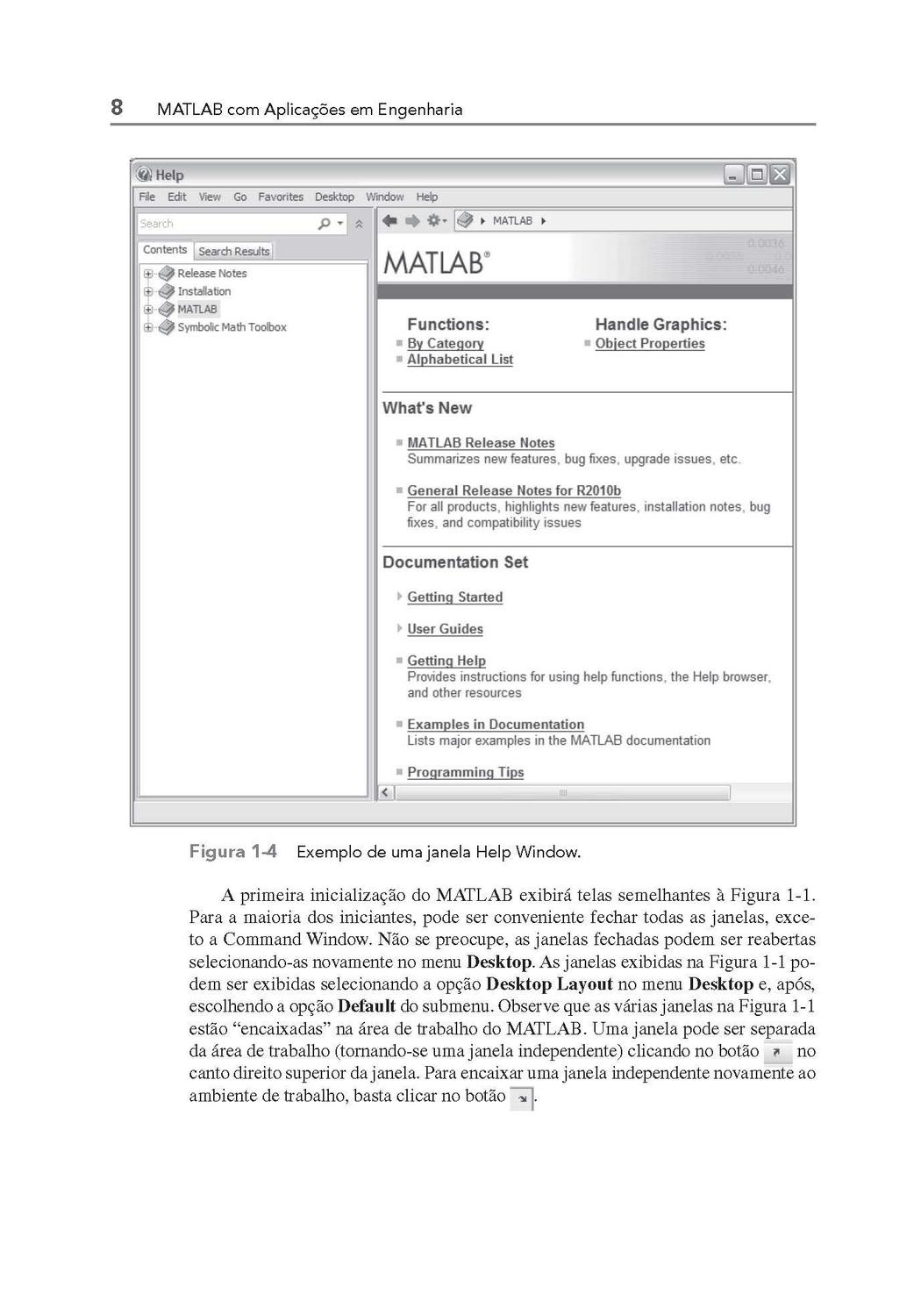
This lets you start using it without adjusting your desktop environment.
#Matlab 2012 doumentation install
After you install an add-on, MATLAB manages the MATLAB path for you. Then, select from the available install actions. To install an add-on, select it from the list. Explanatory Note for Rules 10.1 and 10.2Įmbedded Coder does not directly create data of type char. such as what files it includes and what documentation is available. ForĪdditional information, see Use Enumerated Data in Simulink Models. If you manuallyĬreate the definition file, you are responsible for ensuring compliance.

Files definingĮnumerations generated by Embedded Coder are compliant with MISRA C:2012 Rule 8.12 by design. The file used to define theĮnumeration can be either manually or automatically generated.
#Matlab 2012 doumentation code
Information, see Generate Shared Utility Code Explanatory Note for Rule 8.12Įmbedded Coder supports the use of enumerated data. In case of long identifiers, it is recommended to use shared utilities. For additional information, see Model Configuration Parameters: Code Generation Symbols. Variables (local scope variables, global scope variables, macros, and so on), To ensure unique names for different types of For additional information, see Maximum identifier length. Explanatory Note for Rules 5.1, 5.2, 5.4, 5.5, 5.6, 5.7, and 5.8Įmbedded Coder is configurable to limit the number of characters imposed by the You must take care of the violations reported. Explanatory Note for Rule 2.1Įmbedded Coder does not check user defined code from the Stateflow. For additional information, see Run Polyspace Analysis on Code Generated with Embedded Coder (Polyspace Code Prover). “Demonstrate statically that the input parameters canĬode Prover to analyze parameter ranges and prove the absence of run-time errorsĬaused by out-of-range values. The requirements of this directive are satisfied by: For additional information, see Replace and Rename Data Types to Conform to Coding Standards and A guideline is not required because this behavior is defaultīehavior in Embedded Coder. For information, see:Ĭontrol Data and Function Placement in Memory by Inserting PragmasĮmbedded Coder replaces basic data types with typedefs types, which are compatible Explanatory Note for Directive 4.1īug Finder™ to identify run-time errors and PolyspaceĬode Prover™ to prove the absence of run-time errors. For additional information, see View Simulink Requirements Links Associated with Model Elements and Link Blocks and Requirements (Simulink Requirements). Generated C code to provide traceability from a requirements document, to the modelĮlements, and to the generated code. You can link requirements model elements. In this case, the violation coming from the model is not an issue if youĭocument this explicit conversion according to the MISRA guidelines. If your model uses conversion of one datatype to another, Polyspace Checker shows violation of Dir 1.1 from the generated code of the See Create Storage Classes by Using the Custom Storage Class Designer for more information. 2741-2748, 2010.Create a custom storage class with defined bitfields. Cox, "Modeling power law absorption and dispersion for acoustic propagation using the fractional Laplacian," J. Cox, "Modeling nonlinear ultrasound propagation in heterogeneous media with power law absorption using a k-space pseudospectral method," J. Cox, "k-Wave: MATLAB toolbox for the simulation and reconstruction of photoacoustic wave-fields," J.

#Matlab 2012 doumentation manual

This means the models run faster and use less memory. The main advantage of the numerical model used in k-Wave compared to models based on finite-difference time domain (FDTD) schemes is that fewer spatial and temporal grid points are needed for accurate simulations. A split-field perfectly matched layer (PML) is used to absorb the waves at the edges of the computational domain. Power law acoustic absorption is accounted for using a linear integro-differential operator based on the fractional Laplacian. The temporal scheme is exact in the limit of linear wave propagation in a homogeneous and lossless medium, and significantly reduces numerical dispersion in the more general case. The equations are solved using a k-space pseudospectral method, where spatial gradients are calculated using a Fourier collocation scheme, and temporal gradients are calculated using a k-space corrected finite-difference scheme. The numerical model is based on the solution of three coupled first-order partial differential equations which are equivalent to a generalised form of the Westervelt equation. The toolbox has a wide range of functionality, but at its heart is an advanced numerical model that can account for both linear and nonlinear wave propagation, an arbitrary distribution of heterogeneous material parameters, and power law acoustic absorption. K-Wave is an open source MATLAB toolbox designed for the time-domain simulation of propagating acoustic waves in 1D, 2D, or 3D.


 0 kommentar(er)
0 kommentar(er)
